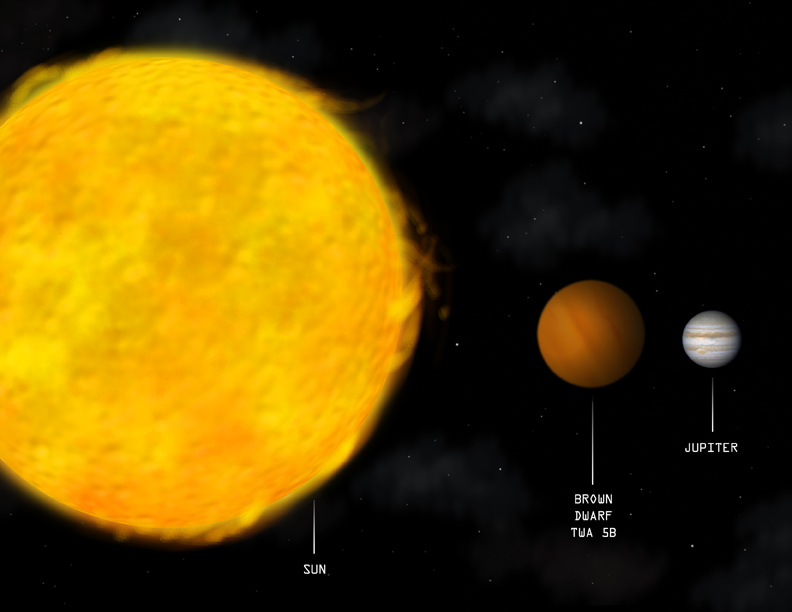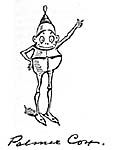University of Bonn | University of St. Andrews | 18 Nov 2010
Top-heavy integrated galactic stellar initial mass functions (IGIMFs) in starbursts - C Weidner, P Kroupa, J Pflamm-AltenburgResearchers from Bonn and St. Andrews provide an explanation for the discrepancy
In the local group of galaxies that also includes the Andromeda Nebula and our Milky Way, there are about 100 billion stars. According to astronomers’ calculations, there should be many more. Now, physicists from the University of Bonn and the University of St. Andrews in Scotland may have found an explanation for this discrepancy. Their study will appear in the upcoming issue of the Monthly Notices of the Royal Astronomical Society.
New stars are born in the Universe around the clock – on the Milky Way, currently about ten per year. From the birth rate in the past, we can generally calculate how populated space should actually be. But the problem is that the results of such calculations do not match our actual observations. ...
For years, astronomers worldwide have been looking for a plausible explanation for this discrepancy. In cooperation with Dr. Carsten Weidner from St. Andrews University, Dr. Pflamm-Altenburg and Professor Dr. Pavel Kroupa, Professor of Astrophysics at the University of Bonn, may now have found the solution. It seems that so far, the birth rate has simply been overestimated. But this answer is not quite as simple as it sounds. Apparently, the error of estimation only occurs during periods of particularly high star production.
...
In our immediate vicinity, these large whoppers occur with a fixed probability. There are always about 300 lightweights to one “big star baby.” This numerical ratio seemed to be universal. So it was sufficient for astronomers to know the number of the large whoppers, for this allowed them to determine the number of new-born stars by simply multiplying the former number by a factor of 300.
Recently, however, some Bonn astronomers around Professor Kroupa began doubting the fixed ratio. Their hypothesis is that at times when the galactic nurseries are booming, they generate a considerably higher number of stellar heavies than normal. The reason for this, according to this theory, is so-called stellar crowding. For stars are not single children; they are born in groups, as so-called star clusters. At birth, these clusters are always of a similar size – no matter whether they contain 100 star embryos - or 100,000.
Consequently, at times of a high birth rate, space can be at a premium in star clusters. Astronomers call such galaxies that are particularly rich in mass “ultra-compact dwarf galaxies,” or UCD’s for short. In these, things are so tight that some of the young stars fuse during formation. Thus, more stars rich in mass than normal emerge. The “small to large” ratio is then only about 50 to 1.
- arXiv.org > astro-ph > arXiv:1011.3814 > 16 Nov 2010








